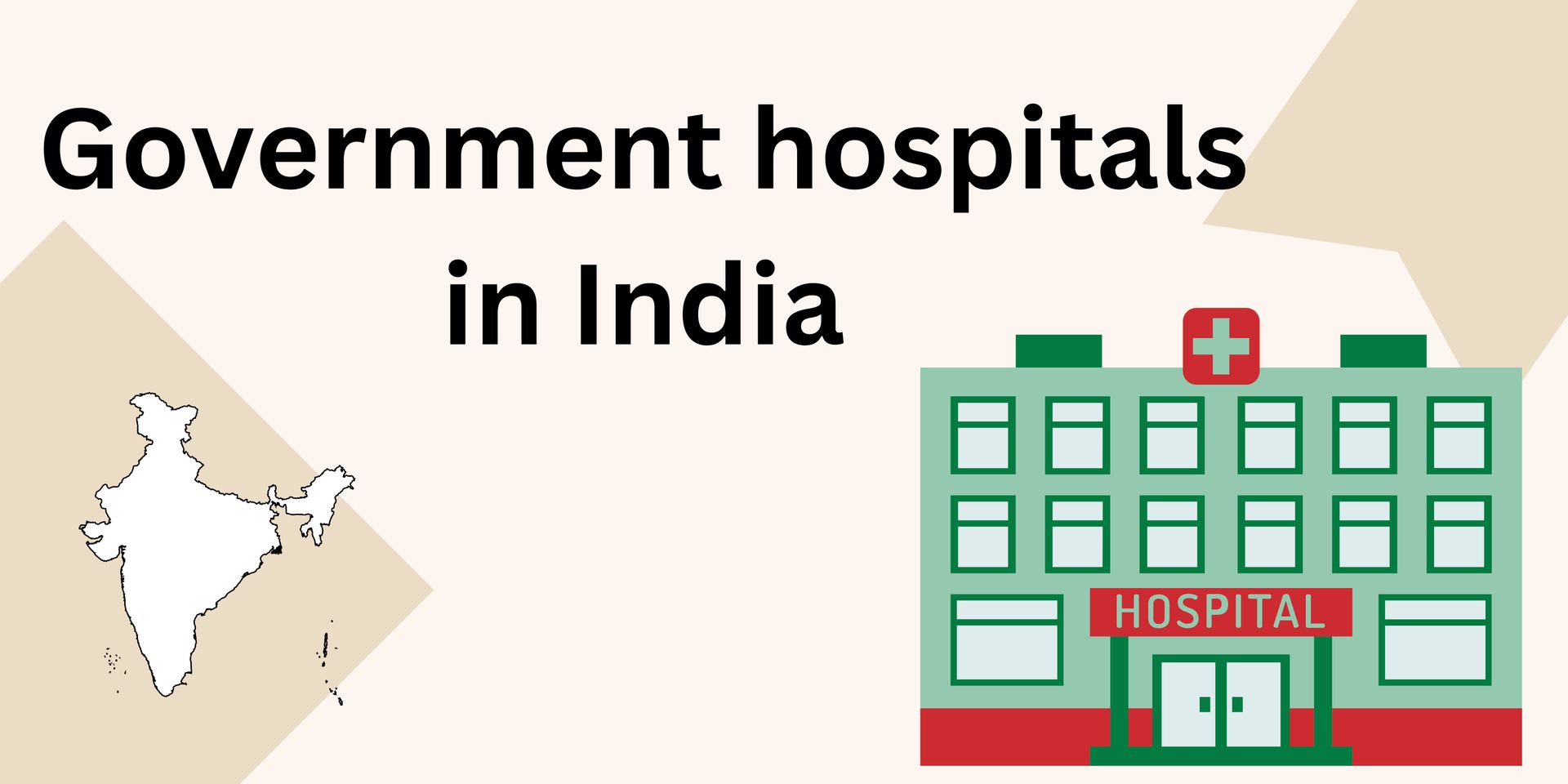Effective Communication Strategies in Health and Social Care
Effective communication lies at the heart of health and social care, serving as a cornerstone for building trust, fostering understanding, and delivering high-quality services. Whether interacting with patients, clients, colleagues, or external stakeholders, communication is integral to meeting individual needs and ensuring holistic care. It transcends verbal exchanges, encompassing non-verbal cues, active listening, written correspondence, and the use of technology.
In health and social care settings, the diversity of individuals, cultural differences, language barriers, and emotional sensitivities often present unique communication challenges. Addressing these effectively requires a thoughtful approach, one that balances empathy, clarity, and professionalism.
This article explores key strategies to enhance communication in health and social care. By examining best practices, tools, and techniques, it aims to empower professionals to connect meaningfully with those they serve, fostering a more inclusive, person-centred approach to care.
Necessity of Communication in Health and Social Care
It is likely that you will come into contact with service users who have varying vulnerabilities and requirements. These users could experience discomfort or a lack of comprehension.
Advanced interpersonal skills are necessary to ascertain the likely and present demands of the service customers. You have to be patient and empathetic while determining what the users need.
Communication in the Context of Caregiving
One-to-One Communication
Group Communication
Group communication has the following issues:
- It is necessary to create the appropriate emotional environment in order for people to desire to participate.
- Humour and amiable conduct can foster a sense of community.
- A chairperson or leader may be beneficial. This person can maintain order, promote involvement, and help people concentrate on a task.
- In group conversations, the present speaker can be asked to lower their volume before concluding to avoid everyone speaking at once.
- In order to let others know when it's their turn to speak, they can also glance at other members of the group.
- It is recommended that participants sit in a circle so that they can see the faces of one another. Turn-taking and a pleasant group atmosphere are facilitated by this.
Informal Communication
- We converse casually with those we know well, including family and friends.
- On the other hand, informal communication varies throughout groups, which may cause confusion.
Formal Communication
- Working in the health and social care fields will require you to communicate informally a lot.
- It is courteous and simple to understand.
- It can be necessary to modify your speech pattern based on what works best for the individual you are conversing with.
Communication Between Colleagues
Respectful communication with coworkers is crucial. Greeting them and having a conversation throughout the warm-up can demonstrate your value for them.
By keeping in mind specifics from your talks with them, you can demonstrate that you are an attentive listener.
It is essential for coworkers to trust one another. It's important to show that you value secrecy when it comes to a discussion with your coworkers.
There may be differences between social norms and job requirements when it comes to communication. The growth of trust and respect is what matters most.
Communication between Professional People and People Using Services
- Professionals usually talk in a specialised language with a distinct vocabulary that include idioms and terms used in the technical domain.
- It is essential that you translate these terms for service users as a professional in order to avoid misunderstandings.
Communication with Professionals
- Ensuring that service consumers are understood while speaking with professionals is equally vital.
- It is imperative for healthcare and social workers to verify that they comprehend the concerns of their clients.
Multi-Agency Working
Professionals in social work and health care will have to interact with people in other organisations. Therefore, you cannot assume that all organisations would comprehend each other's terms.
A formal communication style can aid in minimising miscommunication.
Multi-Professional Working
Formal communication works best when experts with varied backgrounds collaborate with one another. This avoids confusion or misconceptions.
Degrees of Formality in Different Contexts
Forms of Communication
- Information and ideas can be shared through communication. It also enables people to build relationships, feel comfortable, and gain self-worth.
- Effective communication has a crucial role in keeping individuals from feeling bad.
Different forms of communication can be seen below:
Types of Interpersonal Interaction
Speech/Verbal Communication
- Certain fields, professions, and ethnic groups have their own specialised vocabulary or expressions. Speech communities are these many groupings.
- People who are not familiar with this terminology could feel intimidated or left out.
- Technical terms and language, sometimes known as jargon, can have a comparable impact.
- Dialects are words and pronunciations unique to a certain region.
- Slang is defined as non-standard vocabulary understood by people in a particular linguistic community.
- Since there are hundreds of languages spoken throughout the world, people occasionally pick up a second language. However, they might discover that their ability to communicate in this language is diminished.
Non-Verbal Communication
Even when they are silent, a person can nevertheless communicate widely. Nonverbal communication is what this is, and it frequently creates an initial impression.
Your attitude can be communicated through your posture, or how you stand or sit. Arms crossed could mean that you're resisting the other person.
Types of Interpersonal Interaction
Your walking, head movement, and arm movements can all convey your emotional state.
Specifically It could be interpreted as aggressive behaviour to face other people. It's less aggressive to face someone at an oblique angle.
Using your hands and arms to make gestures has common meanings and might make you more understandable.
Types of Interpersonal Interaction
- Your emotional condition can be conveyed through your facial expressions, which also let others know how you are feeling. The people you speak with may frequently be impacted and influenced by this.
- Touching someone can convey a variety of meanings, many of which are susceptible to misunderstanding. It's best to get someone's consent before touching them.
- Silence can represent different things, such as being uncomfortable or just needing some time to reflect. If there is still communication of respect and interest, silence is okay.
- A strong voice can convey wrath, for example. Voice tonality can also convey meaning..
- The customs of different cultures vary with proximity. In Britain, knowing someone well determines how close you can be to them. It is important to respect service users' right to privacy when providing health and care.
- The process of hearing someone else out and analysing what they are saying before deciding how to respond is known as reflective listening. Together with them, you ought to make sure you comprehend what they've said.
Communication and Language Needs and Preferences
British Sign Language
For many deaf persons, British Sign Language is their first or preferred language. It was acknowledged as a separate language in 2003.
Makaton
Makaton helps persons with learning disabilities communicate and improve their language skills through voice, signs, and symbols.
It has a lot of symbols to aid in the communication and recognition of ideas.
Braille
People with low vision may read thanks to Braille, which employs raised marks that can be felt with the fingers. Software on computers can convert text into braille.
Use of Signs and Symbols
Gestures, diagrams, and written symbols are all used to communicate.
Written Communication
Accurate information preservation for transmission at a later period is achieved through written documents.
Pictures and Objects of Reference
Objects and visual art frequently convey messages and feelings. Even without spoken or written language, a person can communicate by giving items significance.
Finger Spelling
Sign language can be enhanced by fingerspelling. Words without a sign or words that could be misinterpreted can be spelt out by signers.
Communication Passports
These are little booklets that include details about the owner and their communication preferences. This can facilitate the understanding of that person and their requirements by health and care providers.
Technological Aids to Communication
There are numerous ways that modern technology can facilitate communication, such as minicoms, voice typing, and voice description.
Picture books, text messaging, and flashcards are less sophisticated teaching tools.
Human Aids to Communication
Some people might need an interpreter who is familiar with their communication style.
Make sure the person you are speaking to can see your face clearly and hear you speaking normally if they have hearing loss. When conversing with someone who has low eyesight, consider their ability to use touch or gestures.
Variation Between Cultures
When it comes to communication, different cultures have different traditions and practices. Carer expertise should come from observation and memory.
Once your comprehension of these differences has been verified, you are able to converse with awareness of these traditions.
Building Rapport
- We frequently mimic someone else's words and body language when we establish a relationship with them. We might unconsciously mimic their body language and posture.
- We intentionally try to establish rapport when we begin a discussion by adopting the same tone and body language as the other person. Rather than coming across as sarcastic, this should feel respectful.
- Regardless of whether we agree with someone or not, we should value their conversational contributions. It is less confrontational to react with and instead of but.
- Passive terms like rather or alternatively can be used to directly contradict someone. Demonstrate that you have been paying attention and that you comprehend their viewpoint.
- Avoid expressing your disapproval of someone. It will be challenging to establish rapport if someone feels that they are being judged or treated negatively.
- You must have empathy for the people you speak with in order to build rapport. You ought to respect their thoughts and feelings.
Environmental Factors that Influence Communication
- It might be challenging to hear someone over background noise, and it can be challenging to understand people's facial expressions when you can't see their faces.
- Communication can frequently suffer if people are uncomfortable or aware of time constraints.
Barriers to Communication
There are several types of communication barrier that prevent effective communication, as shown below:
Barriers Associated with Personality, Self-Esteem, Anxiety and Depression
When someone is depressed or anxious, they have unidentified unpleasant thoughts. This may give the impression that anything is keeping them from experiencing happy feelings.
As the carer, you might need to utilise open-ended enquiries, prompts, and probes when speaking with this person
Barriers Associated with Aggression and Submissiveness
An aggressive person may erect obstacles if they are experiencing intense emotions or feel that their self-worth is in danger.
Barriers Associated with Assumptions
In an attempt to save time and effort, people may make snap judgements, which might cause misunderstandings and obstacles. Prejudice can develop from assumptions, and prejudice can then result in discrimination
Barriers Associated with Values and Belief Systems
- Everybody has a different set of values and beliefs. They may find it easier to misread and misunderstand the intentions of others as a result.
- Communication and understanding can be enhanced by learning about the values and beliefs of others.
Barriers Associated with Cultural Variation
- Different groups have a wide variety of cultures and cultural presumptions.
- Depending on one's culture, words and nonverbal cues can be interpreted differently, which can result in miscommunication.
- It's critical to comprehend the context of the conversation and the communicator's objectives. You must avoid assuming anything.
Use and Abuse of Power
- Social workers are instructed to support service users and respect individuality under the General Social Care Council's (GSCC) Code of Practice for Social Care Workers (2002).
- Intentional control and manipulation of users can harm their self-esteem and constitute an abuse of power.
- You should provide service users the freedom to decide for themselves. To do this, their tales must be valued and understood.
Barriers Associated with the Effects of Alcohol/Drugs
Drugs and alcohol have an impact on a person's verbal and nonverbal communication skills. They could become hostile or misunderstand or misinterpret what is being said.
Strategies for Overcoming Communication Barriers
In essence
Effective communication is the bedrock of high-quality health and social care management, enabling professionals to meet diverse needs, build trust, and provide person-centred support. By mastering a range of communication techniques and understanding the barriers that can hinder interaction, care providers can create an inclusive and empathetic environment that prioritises the dignity and well-being of individuals.
Adapting communication styles to suit varied contexts—whether one-to-one, group, formal, or informal—ensures clarity and mutual understanding. Equally, being mindful of cultural differences, emotional sensitivities, and individual preferences fosters deeper connections and enhances service delivery.
Ultimately, health and social care professionals must remain patient, respectful, and proactive in addressing challenges, from language barriers to technological limitations. By doing so, they not only promote effective communication but also empower individuals, enabling them to feel heard, valued, and understood. The commitment to continuous learning and reflection in communication practices is essential for fostering meaningful relationships and delivering holistic care.







